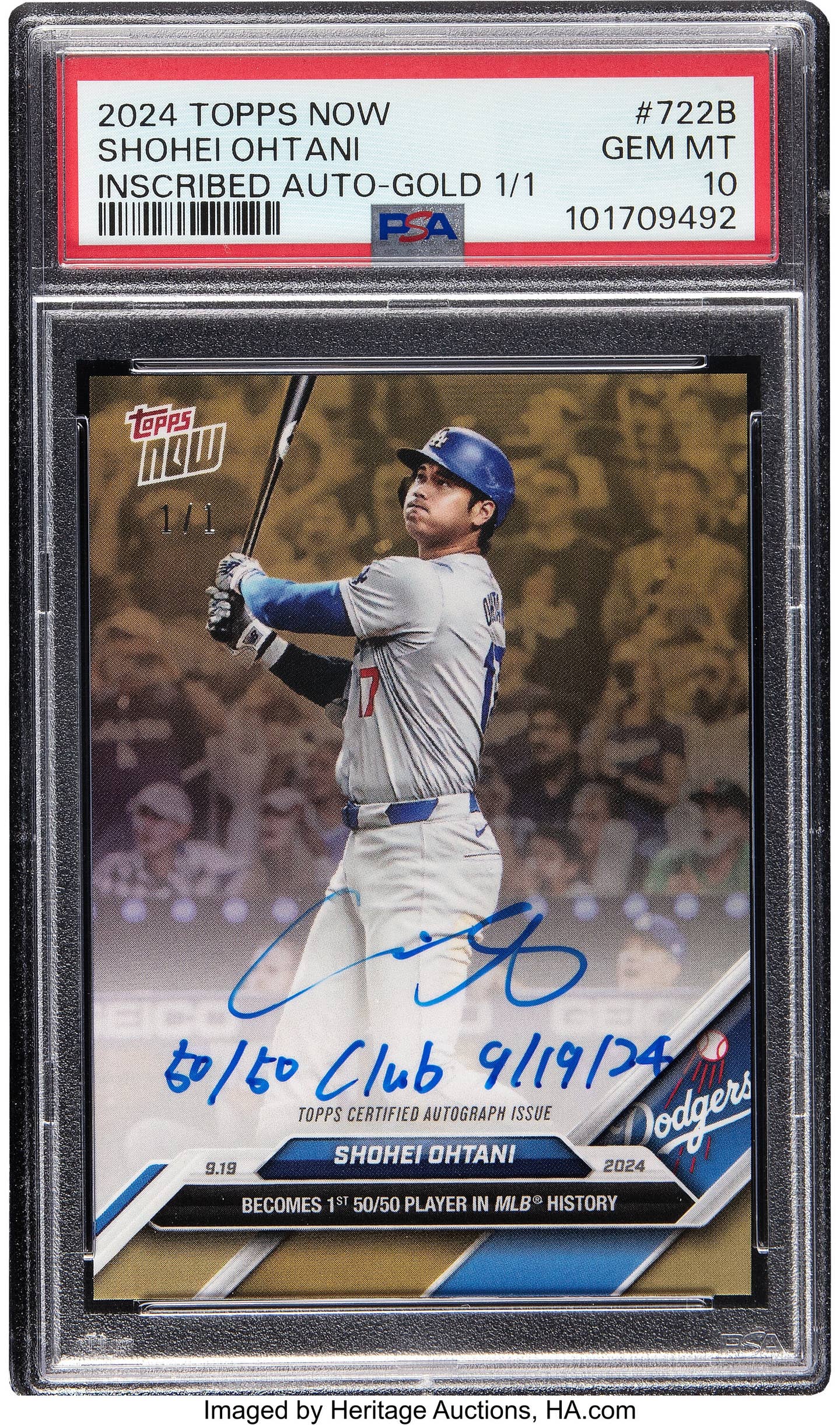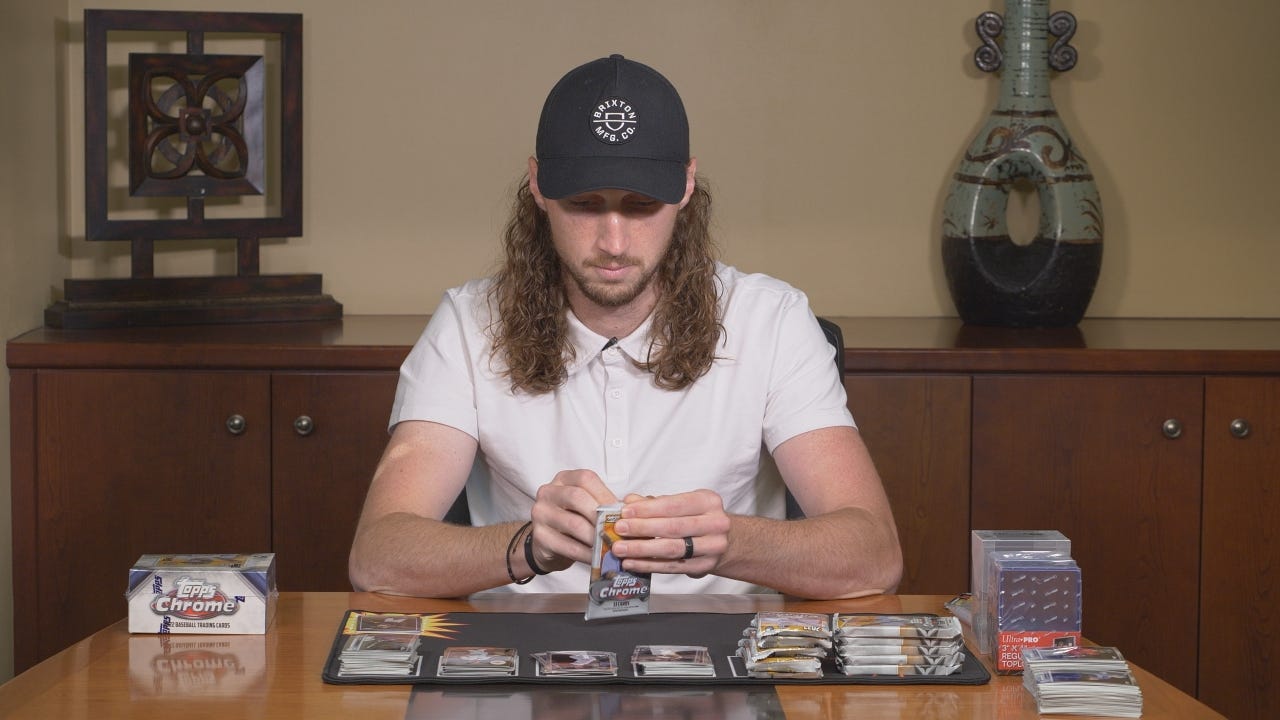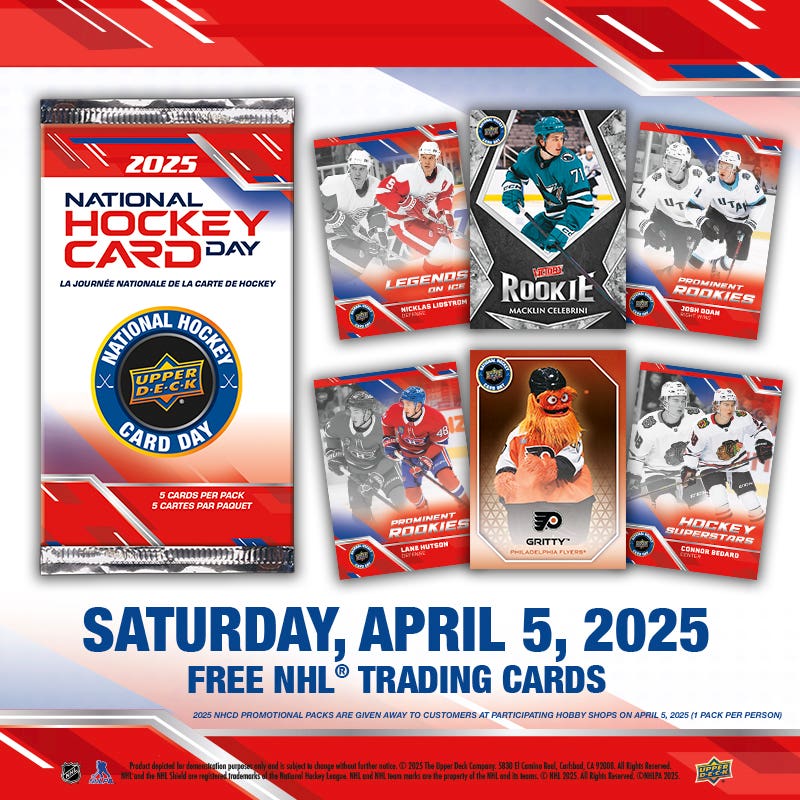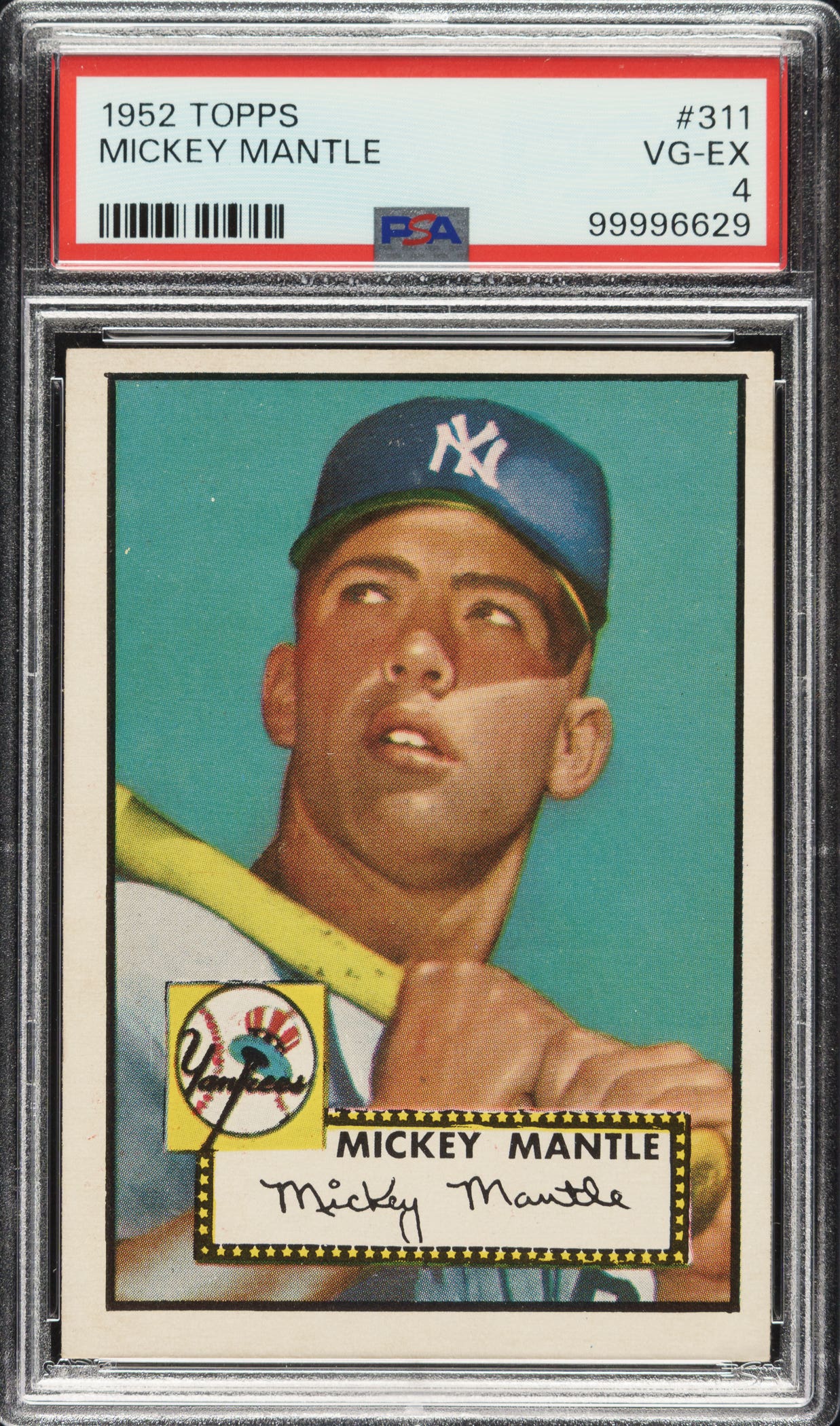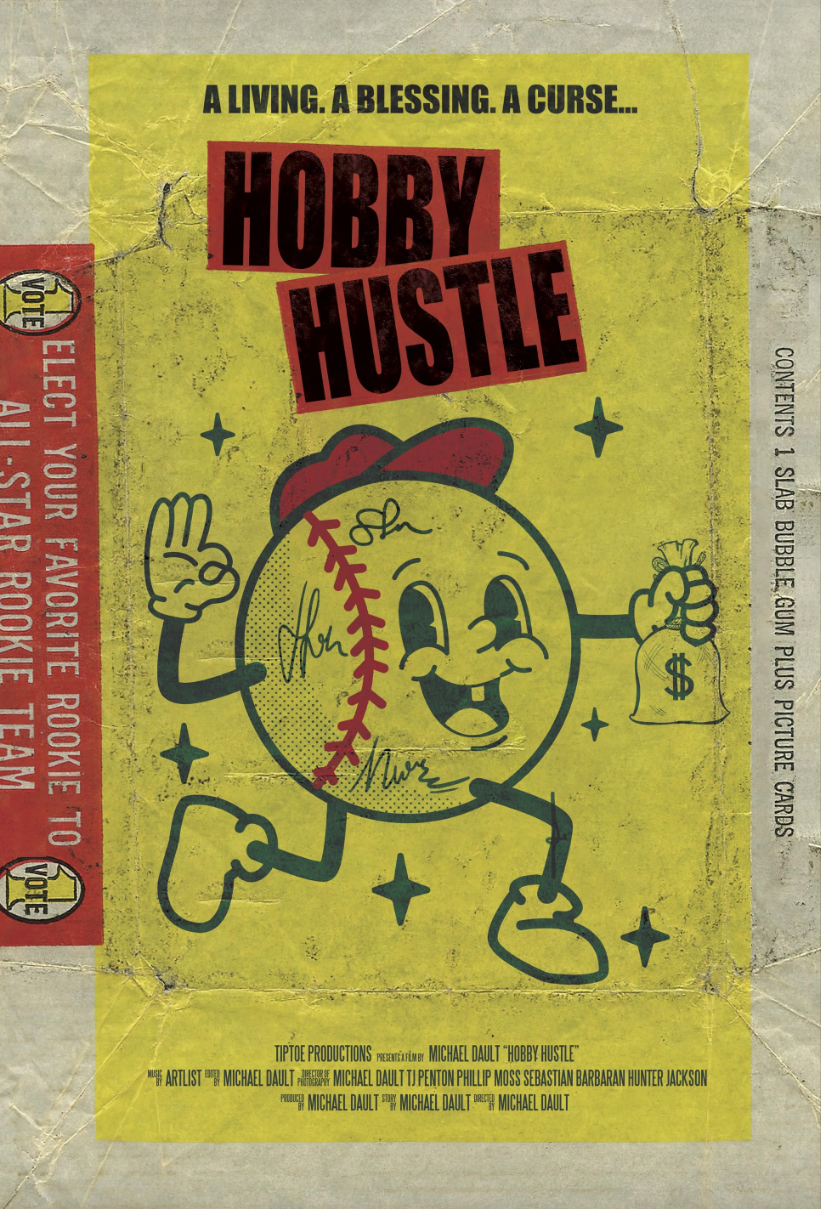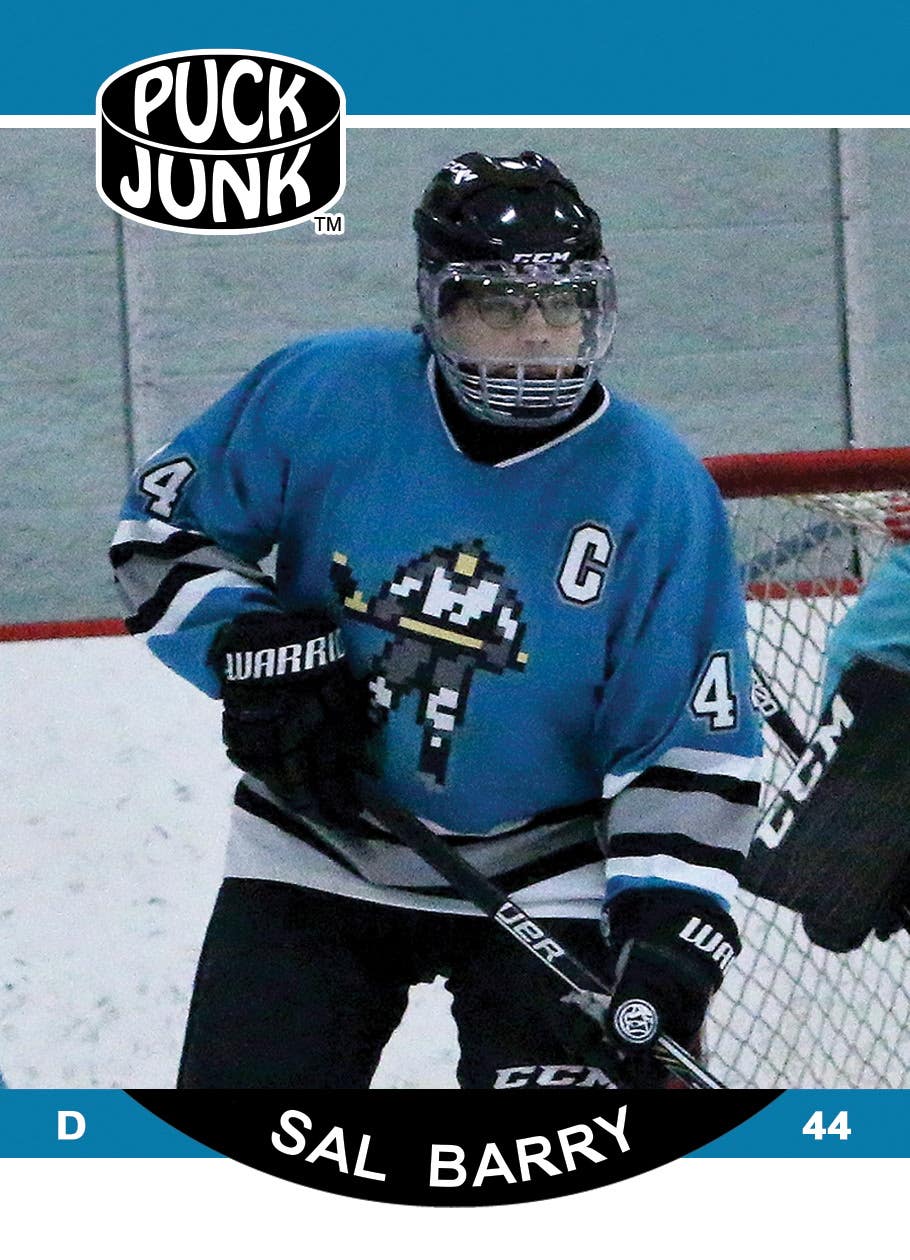
News
Kellogg’s baseball card set in 1970 started a 14-year run
By Mike Shannon
There’s an old saying that says never buy the first-year model of any car. The thinking is that automakers need a couple of years to work out all the bugs.
The same dynamic might be said to apply to other industries as well, including baseball cards. However, Kellogg’s is one baseball card producing company that hit a home run in its first at bat.
Kellogg’s made baseball cards for 14 years, from 1970 to 1983, and during that time it was virtually the only meaningful competition to the monopoly enjoyed by Topps. Every one of those Kellogg’s sets has something to recommend it, but the best Kellogg’s set is the very first one issued, the famous cereal maker’s “rookie” effort of 1970.
The most notable characteristic of the 1970 card is its 3-D effect, achieved according to SCD’s Standard Catalog of Baseball Cards “by the sandwiching of a clear color player photo between a purposely blurred stadium background scene and a layer of ribbed plastic.” The 3-D effect, more noticeable on some cards than others, is particularly effective on the card of Philadelphia Phillies pitcher Chris Short. The space between Short (in a follow through pose) in the foreground and the batting cage in the background seems to actually be present on the 2-dimensional card.
The 1970 Kellogg’s cards, produced by the XOGRAPH Company of Irving, Texas, weren’t the first baseball cards to embody such a process, as Topps had produced a set of 3-D cards in 1968; however, the Topps 3-D card set comprised only 12 cards and was a test set, with extremely limited distribution.
Kellogg’s inserted single cards (enclosed in paper wrappers) in the boxes of its Corn Flakes breakfast cereal, which were on the shelves of every grocery store in America.
They also sold the cards in hard-to-find 6-card packs for 49 cents (two iron-on transfers of team logos were included) and made the entire set available through a mail-in offer. Thus, in the eyes of America’s baseball-infatuated youth, the 1970 Kellogg’s 3-D card amounted to a startling innovation in baseball card technology.
Interestingly, the design of the 1970 Kellogg’s card is strikingly similar to that of the 1968 Topps test issue. Both are nearly “pure” cards, with an absence of logos, colored borders, banners, secondary photos, and other types of cluttering material on the fronts of the cards.
The main purity deviation on both cards is the inclusion of an informational baseball at the top of each card. In the case of the Kellogg’s cards, the baseball always appears in the upper right hand corner and contains (from top to bottom) the name of the player’s team (in blue), the player’s last name (in red), and his position (in blue). In addition, while the Topps card includes the player’s full printed name outside the baseball, the Kellogg’s card includes the player’s facsimile autograph scrawled somewhere across the middle or bottom of the card. The autographs are actually legible too, unlike the signatures of today’s major leaguers, who typically scribble atrocious, undecipherable scrawls. Although the baseball on the Kellogg’s card is fairly prominent, it is hardly a distraction from the posed color photos; and it is fair to say that the crisp, simple design of the card is a most attractive one that Kellogg’s never surpassed.
With dimensions of 2 ¼” x 3 ½”, the 1970 Kellogg’s card is also only slightly smaller than the traditional size popularized by Topps. Kellogg’s repeated this size in 1971 and 1973, and the size of 2 1/8” X 3 ¼” for the edition of 1972 was merely the first of several reductions that eventually resulted in the considerably smaller 1 7/8” X 3 ¼” format of the 1980 and 1983 series. These reductions in the size of Kellogg’s cards almost certainly contributed to the declining popularity of the later sets.
Kellogg’s took full advantage of the larger size of the 1970 issue by giving the backs of the cards a horizontal orientation and filling them with (from top to bottom) player personal data (including “Hobby”), the complete major league statistical records of the players, and brief biographical information.
As anyone who has ever collected Kellogg’s cards knows, the 1970 edition is condition sensitive, as are all subsequent releases. Because of their plastic overlay, the cards in the 1970 set tend to curl which often results in cracks to the surface of the cards. As the SCD catalogs remind us, cards with cracks can be considered to be in Fair condition, at best. Severe cracks are not difficult to detect; but the hairline ones, especially short hairline cracks on the white edges of the cards, can be easy to overlook, especially when one is buying via eBay or via other auctions over the internet.
Kellogg’s 1970 cards were produced in sufficient numbers to make putting together a Mint or NR-MT condition set a very do-able proposition, and collectors who want Mint or NR-MT cards should be scrupulous in avoiding cards that are marred by even the slightest of cracks.
At 75 cards, the 1970 issue is also the largest set ever released by Kellogg’s, although some collectors may consider the 1971 set of 75 cards larger because of its numerous variations. At any rate, the 1970 set is packed with Hall of Famers: Pete Rose (#2), Willie McCovey (#4), Tom Seaver (#7), Don Sutton (#8), Willie Mays (#12), Juan Marichal (#13), Frank Robinson (#15), Gaylord Perry (#20), Brooks Robinson (#21), Luis Aparicio (#21), Roberto Clemente (#27), Willie Stargell (#29), Reggie Jackson (#32), Billy Williams (#37), Ernie Banks (#40), Ron Santo (#42), Lou Brock (#44), Rod Carew (#47), Al Kaline (#52), Johnny Bench (#58), Harmon Killebrew (#61), Bob Gibson (#71), and Joe Morgan (#72).
The set is also populated with numerous minor stars, such as Jim Maloney (#10), Rich Allen (#33), Curt Flood (#48), Sam McDowell (#50), Bobby Murcer (#60), and Denny McLain (#73).
The only player in the set who can be considered to be somewhat obscure is the lone representative of the recently formed Montreal Expos, third baseman Jose Alberto “Coco” Laboy. Coco played regularly for Montreal in 1969 and 1970 but totaled 420 major league games (all with Montreal) and finished with a career batting average of .233. It is a bit of a mystery why Kellogg’s selected Laboy over outfielder Rusty Staub, a genuine and highly popular young star who led the Expos with 29 home runs in 1969 and 30 in 1970.
It is an even bigger mystery why every one of the 24 Major League teams in existence in 1970 is represented in the inaugural Kellogg’s set except for the Atlanta Braves. The Braves, after all, had just won the National League West Division the previous year (before falling to the East Division miracle New York Mets in the NLCS), in the first year of divisional play in the big leagues. There was also no shortage of outstanding players on the Braves’ roster from which to choose, including three future Hall of Famers (Hank Aaron, Phil Niekro, and Orlando Cepeda) and deserving minor stars, such as Felipe Alou, Clete Boyer, Rico Carty, and Milt Pappas.
With Mickey Mantle having retired after the 1968 season, the absence of Aaron is the most glaring player omission in the set. Also notably absent are Boston outfielder Carl Yastrzemski, who made his Kellogg’s debut in 1975; and pitchers Nolan Ryan (Kellogg’s debut in 1973), Catfish Hunter (1972), Steve Carlton (1973), and Fergie Jenkins (1973). Kellogg’s cards were sanctioned by both Major League Baseball and the Major League Baseball Players Association, so contractual difficulties would not appear to account for the absence of Braves players.
If any SCD reader has an explanation for the 1970 Kellogg’s shutout of the Atlanta Braves, other than simple oversight, the author of this article would be most interested in hearing it.
The value of an ungraded 1970 Kellogg’s set in NR-MT condition has remained about $300 for some time, making it a most affordable challenge for collectors who want to put together a classic set from a great era of baseball without breaking the bank. Ironically, the 1971 Kellogg’s set is considerably more expensive, not because the cards are more attractive, but because the cards in the set were never offered on a mail-in basis as the cards in all other Kellogg’s sets.
Individually, the most expensive 1970 Kellogg’s cards to obtain are those of superstars Roberto Clemente, Reggie Jackson, and Pete Rose, in that order. Astronomical prices are often asked for these cards in Gem Mint graded condition, of course; but ungraded examples of the Clemente card in NR-MT condition can be had with diligent searching for prices in the $40-$75 range. On the other hand, some of the commons in the set, such as Pirates outfielder Matty Alou and Dodgers pitcher Bill Singer, can be harder to find than the price guides lead collectors to believe. Especially difficult at times to find in NR-MT condition are cards of Angels outfielder Rick Reichardt and Senators infielder Tim Cullen.
In assembling my set of 1970 Kellogg’s in NR-MT condition via eBay auctions over a year and a half, I found a total of three Cullen cards in any condition available, so naturally I bought all three. I kept the best of the three and re-sold the other two.
As for the 1968 Topps 3-D set, which includes five players in the 1970 Kellogg’s set (Clemente, Flood, Jim Lonborg, Maloney, and Mel Stottlemyre), its rarity makes it worth more than $10,000.
I don’t expect my set of 1970 Kellogg’s cards to ever approach that territory, but that’s okay because owning and viewing the best set of baseball cards that Kellogg’s ever made has already given me way more than $300 worth of pleasure and satisfaction.
Mike Shannon is a freelance contributor to Sports Collectors Digest and can be reached at spitball5@hotmail.com.

